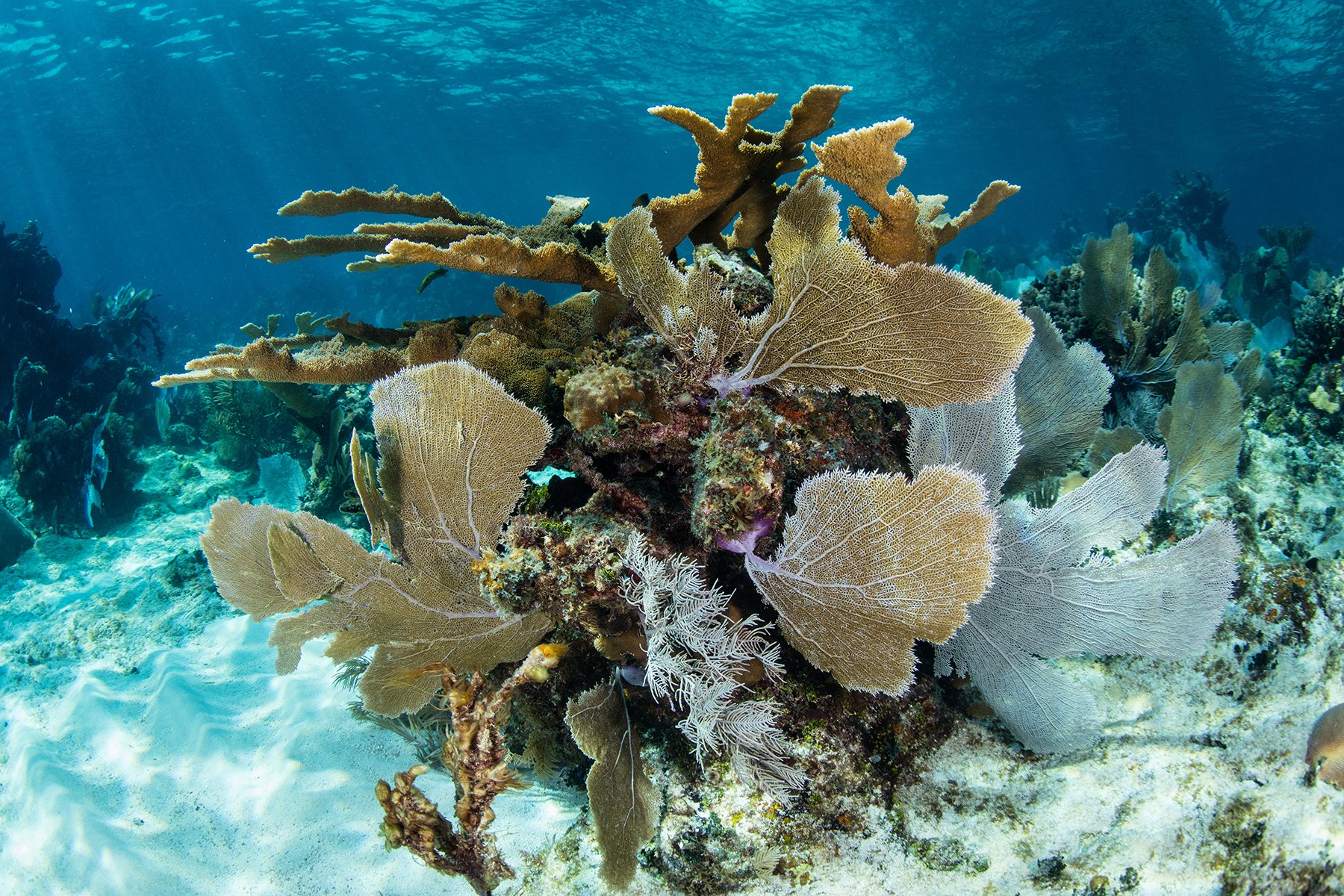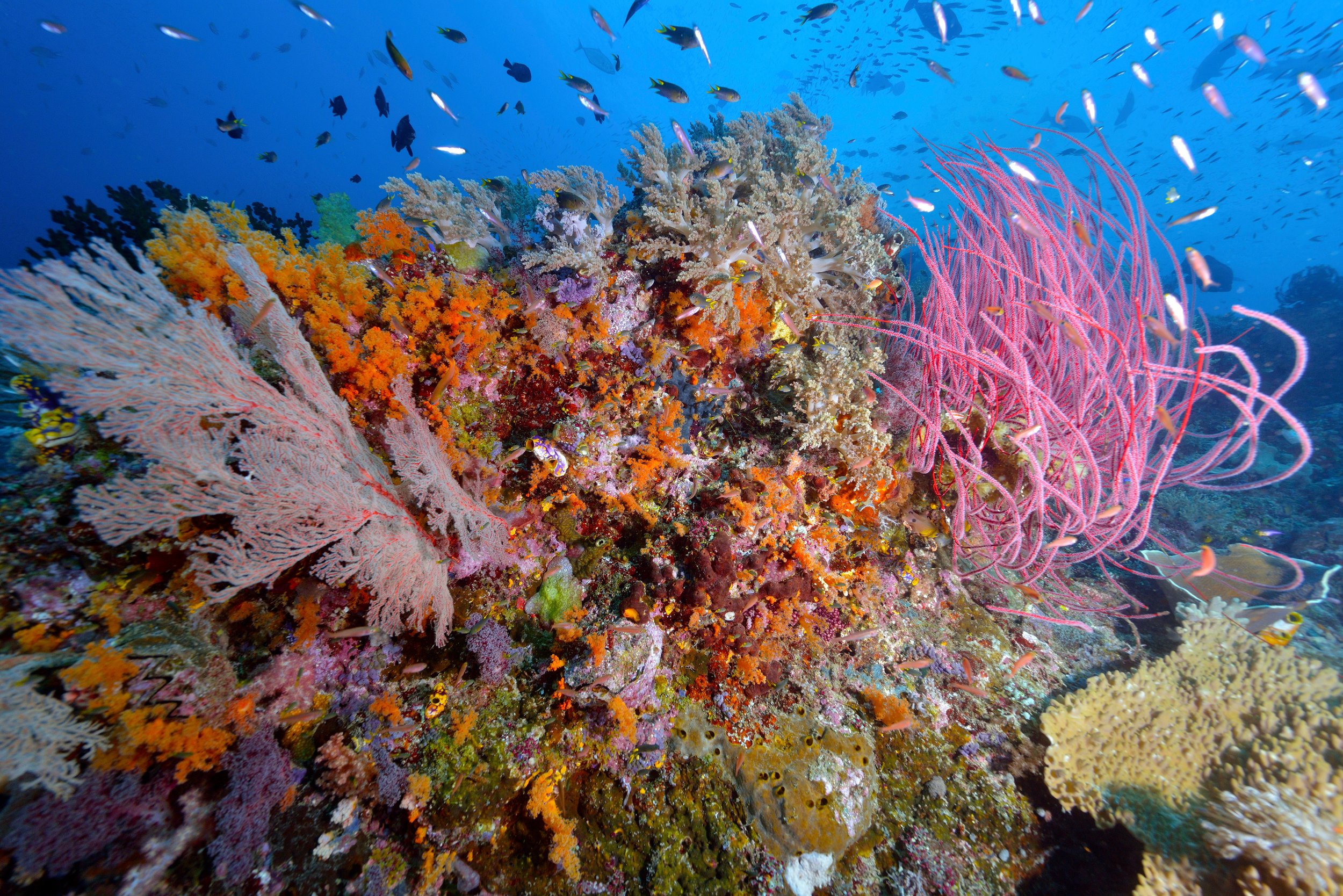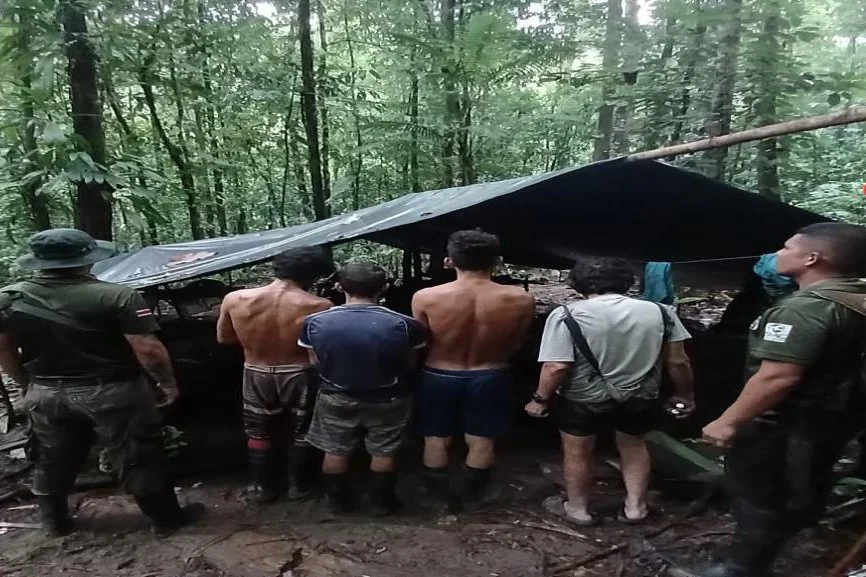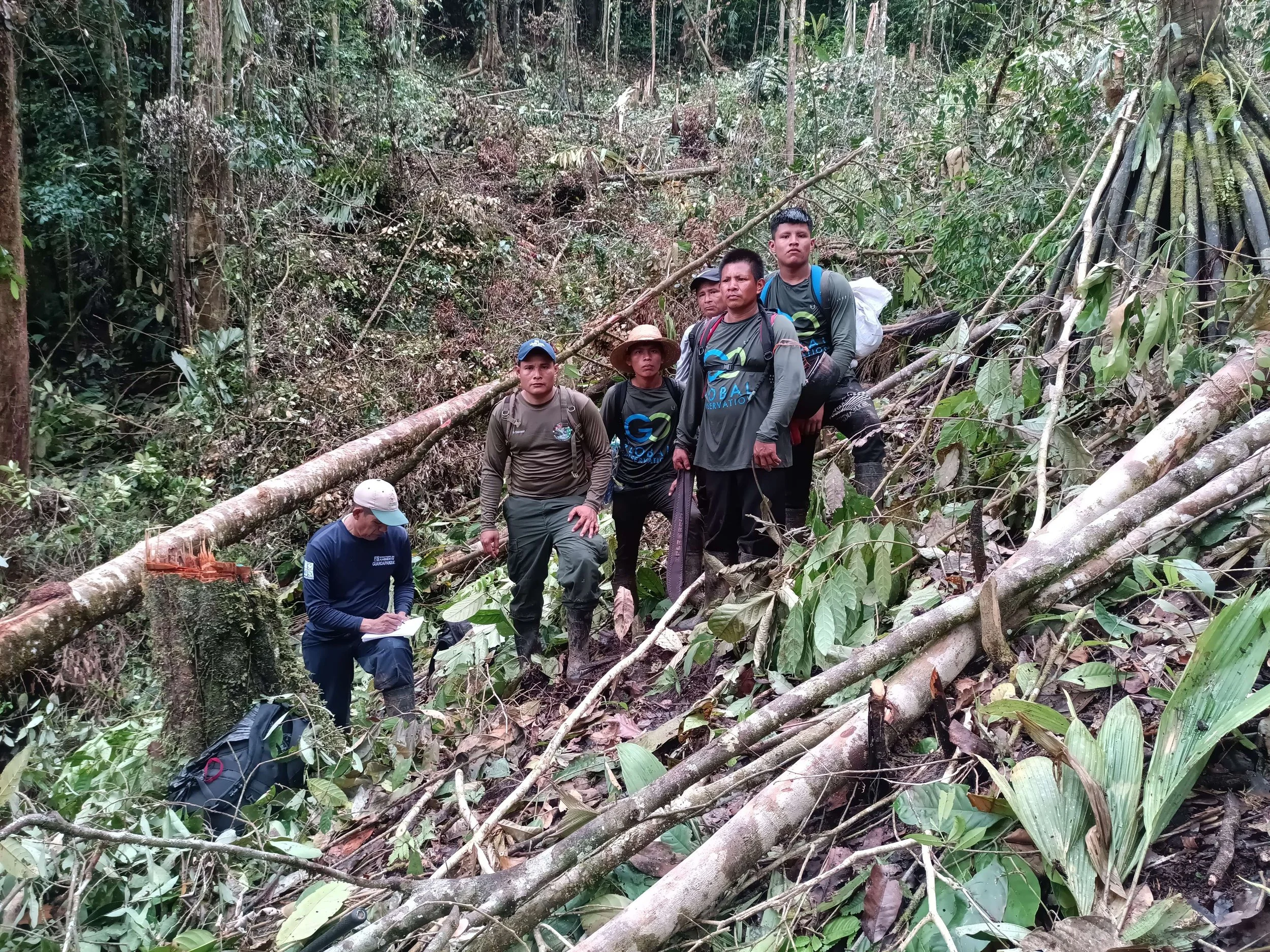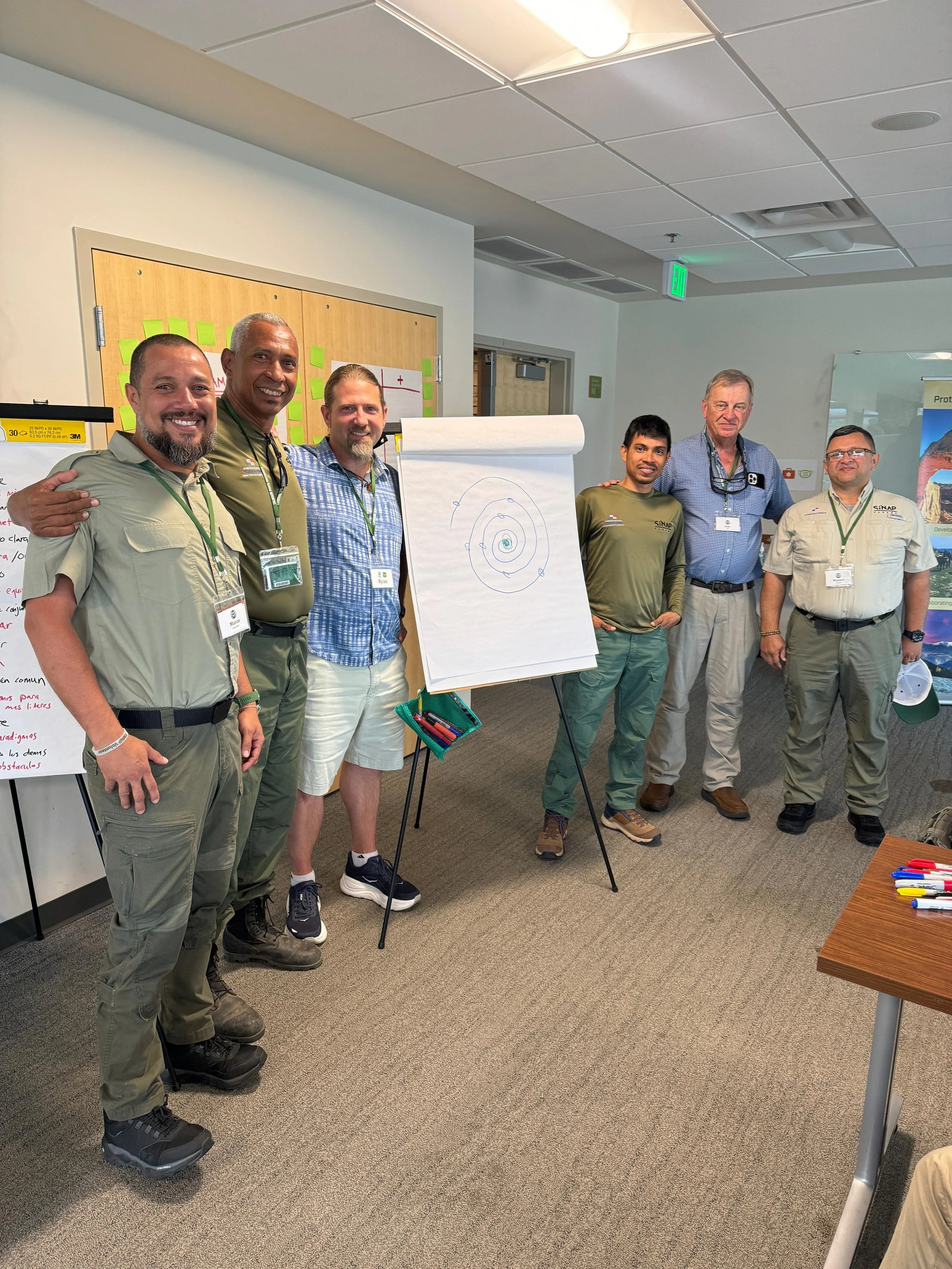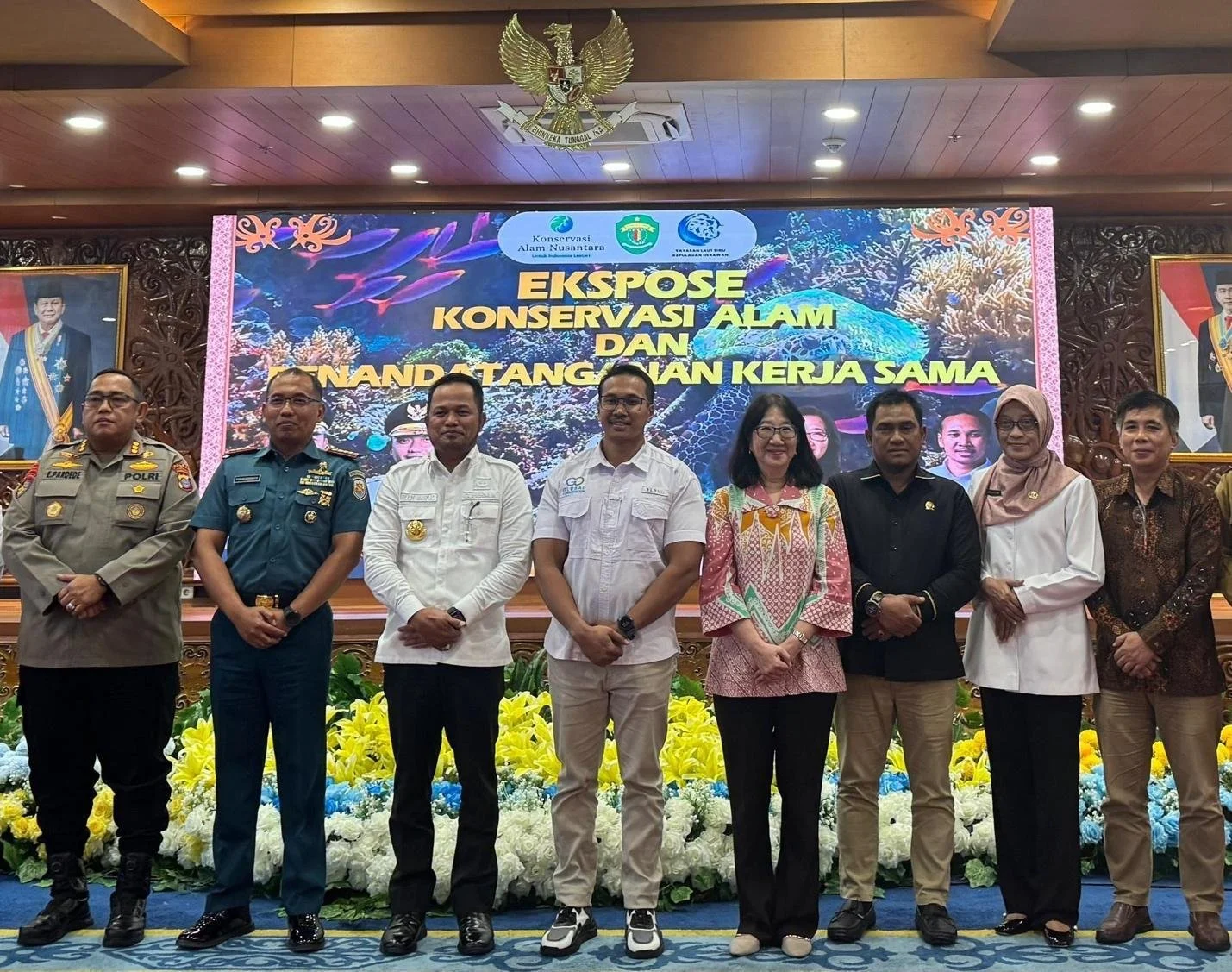Global Conservation Launches Marine Protection Handbook for MPA Managers
Global Conservation published a new Marine Protection Handbook for MPA Managers, focusing on effective protection using marine radars and rapid response teams to combat illegal fishing and wildlife poaching.
Authored by Dr. Lida Teneva, a world-renown ocean conservationist, the GC Marine Protection Handbook provides sage wisdom, case studies, common sense, and step-by-step objectives towards achieving real MPA protection.
Watch Now! War on Nature: Derawan Archipelago
Download Here or travel to our Resources Page to see all of our free downloads!
At Global Conservation, we believe that simply designating protected areas is not enough to safeguard nature; we need to secure funding and build local capacity to effectively protect what we have already designated as special and important: Marine Protected Areas (MPAs), National Marine Parks, UNESCO Biosphere Reserves, and Community Fishing Refuges.
Our oceans are under siege, and Global Conservation is on the frontlines of marine protection. Over the past ten years, Global Conservation has:
Protected over 1,000 Species
100s of Poacher Arrests, Fines, and Confiscations
Deployed 12 Marine Monitor (M2) Radar Surveillance Systems
Over 7,000,000 hectares ( > 27,000 sq. miles) of Marine Protected Areas supported
Over 60,000 miles patrolled in MPAs supported by GC
Our goal is to deploy our Marine Protection model in every endangered and capable Marine Protected Area (MPA) in the developing world, with the goal of deployment in 100 MPAs by 2035.
We enable effective marine protection, and we secure financial sustainability so Marine Protected Areas (MPAs) and their unique and priceless ecosystems can flourish into the future. Otherwise, they will just remain ‘Paper Parks’.
GC enables the protection of marine parks through funding local rangers who are able to patrol where government authorities are not able to establish a strong presence.
For many years, countries have established new MPAs with great fanfare, but few are truly well-protected against illegal fishing, reef destruction, trawling, polluting, overfishing, and marine wildlife poaching. Few MPAs even have an operational patrol vessel and marine warden team for enforcement of existing fishing laws on the books. Without real enforcement and penalties for our existing endangered MPAs, the oceans will continue to be ravaged.
Global Conservation is working to deploy park and wildlife protection in the world’s most endangered National Marine Parks and UNESCO World Heritage Sites in developing countries.
When the ocean is healthy, local communities prosper. Coastal fisheries provide food, income, and livelihoods, particularly in developing countries, where 85% of fishing is done by small-scale fishers operating in coastal waters.
In Marine Protection, we are especially focused on sustainable island and coastal fisheries, working with marine protection teams and local communities and fishers to keep intact marine ecosystems healthy.
Out of hundreds of GC Assessments of existing MPAs, we choose to support those MPAs that have critical local leadership in place, effective rule of law, government commitment and co-funding, and operational patrol vessels and marine ranger teams, giving them the systems, equipment, and training to enable strategic and rapid responses to illegal activities.
Komodo Island, home to incredible marine life as well as the infamous komodo dragons.
CASE STUDIES
Baja California Sur World Heritage, Mexico
Islas Marias Biosphere Reserve, Mexico
Jardines de la Reina National Marine Park, Cuba
Turneffe Atoll Biosphere Reserve, Belize
Tayrona National Marine Park, Colombia
Cocos Island National Marine Park, Costa Rica
Coiba National Marine Park, Panama
Machalilla National Marine Park, Ecuador
Miloi’I Community-Based Subsistence Fishing Area (CBSFA)
Northern Reefs, Palau, Micronesia
Rāhui System of French Polynesia
Derawan Archipelago, Indonesia
Komodo National Park, Indonesia
Many native communities depend on the ocean for their entire lives.
What’s at stake is not only our collective natural heritage, in the form of marine biodiversity, but also the fate of coastal people. Truly protected areas lead to thriving oceans and more prosperous local communities.
Global Conservation focuses on empowering marine wardens and their local communities and fisheries towards improved law enforcement in Marine Protected Areas (MPAs) and Fishing Refuges like the Rāhui system in French Polynesia or Refugios Pesqueros in Latin America.
We deploy our proven, low-cost Global Park Defense (GPD) model for Marine Protection and Community Protection methodologies, which go hand in hand to make marine protection efficient and effective.
Our Global Park Defense Marine Protection tools include innovative Marine Monitor (M2) radar systems, long-range surveillance cameras, drones, satellite monitoring, and SMART Patrolling and EarthRanger systems to protect against illegal fishing and marine life poaching.
We believe there are several key best practices for marine protection systems:
High-quality Surveillance
Targeted Enforcement Capacity, Training, and Mentorship
Policies and Consequences for Breaking the Law
Community Engagement
Consistent Financial Support for the Entire System


